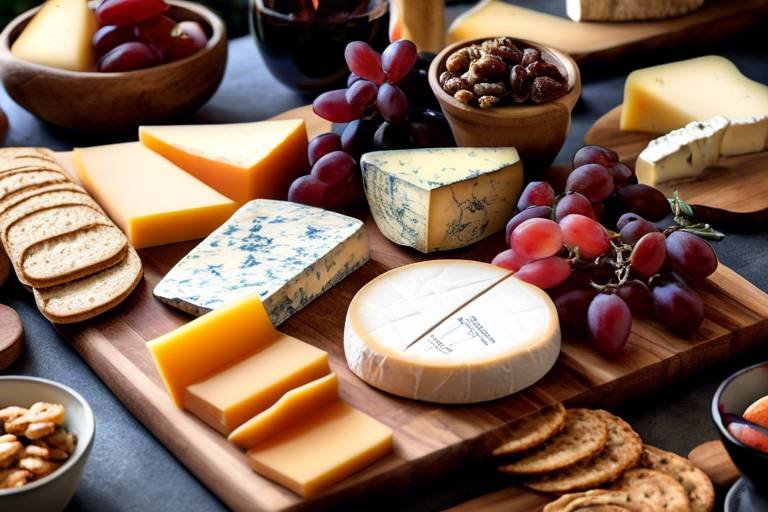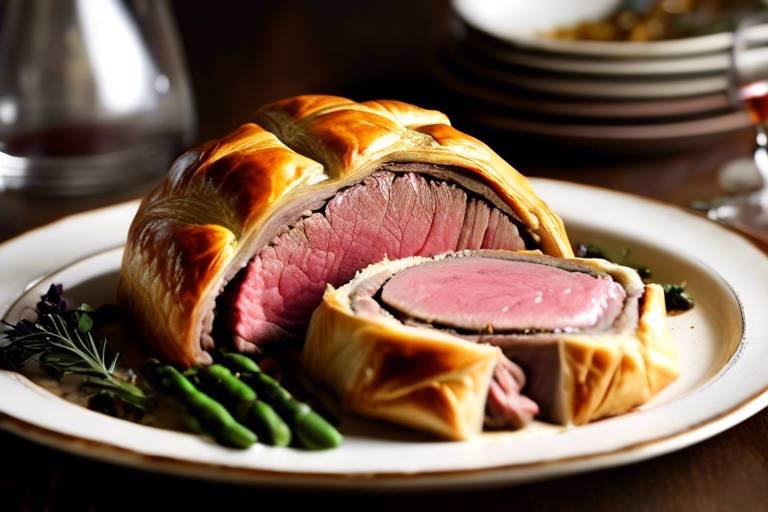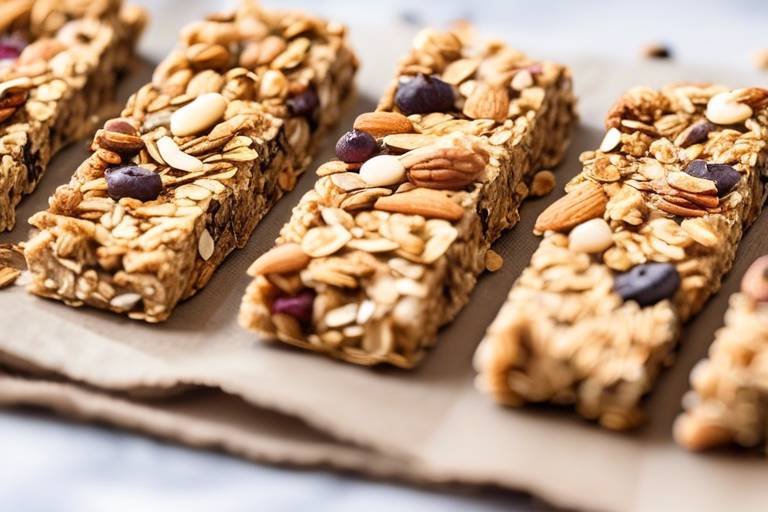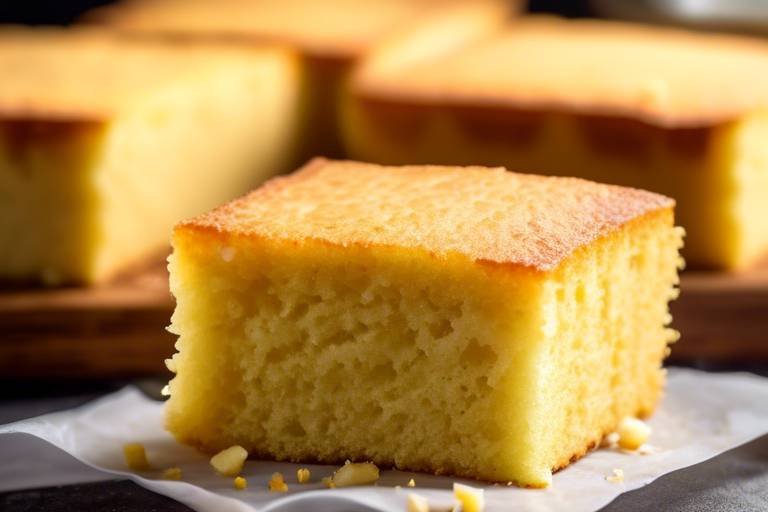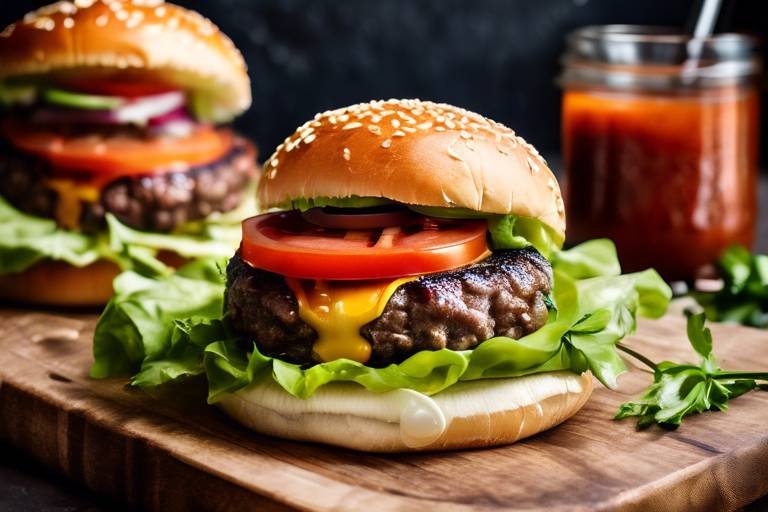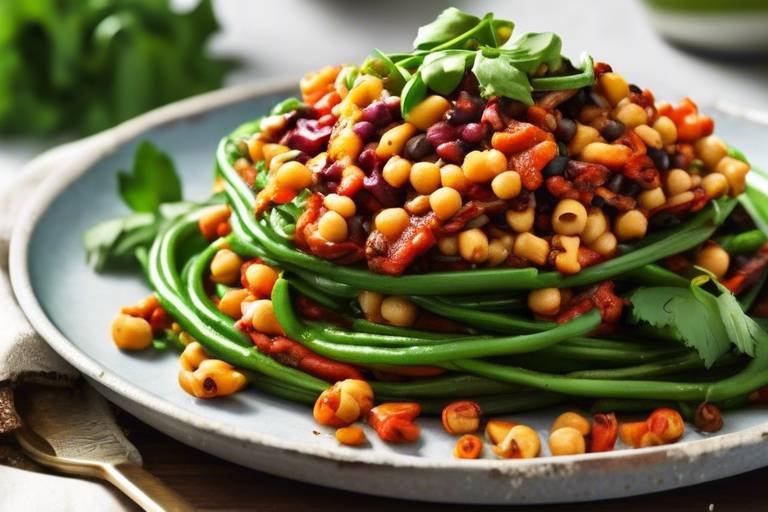10 Essential Tips for Cooking with Chili Peppers
Chili peppers are a versatile ingredient that can add a fiery kick to your dishes, elevating the flavor profile and creating a unique culinary experience. However, working with chili peppers requires caution and knowledge to ensure both safety and flavor enhancement in your cooking.
When it comes to cooking with chili peppers, selecting the right varieties is crucial. Different types of chili peppers vary in heat levels and flavors, so understanding their characteristics is essential for successful dishes. Whether you prefer milder options like poblano peppers or enjoy the intense heat of habaneros, choosing the appropriate chili pepper varieties will greatly impact the outcome of your recipe.
Properly handling and preparing chili peppers is key to avoiding skin irritation and ensuring the peppers are ready for cooking. Techniques such as wearing gloves while cutting or handling peppers and removing the seeds can make the process much smoother and prevent any unwanted spicy surprises.
Adjusting the heat levels of your dish is important when working with chili peppers. By learning how to modify the amount and type of peppers used in your recipes, you can tailor the spiciness to suit your preferences and those of your guests. Whether you want a mild hint of heat or a fiery explosion of flavor, understanding how to adjust heat levels is essential.
Pairing chili peppers with the right ingredients can take your dish to the next level. Combining peppers with foods that complement their heat and taste will enhance the overall flavor profile and create a harmonious culinary experience. Experimenting with different flavor combinations can lead to delicious and unexpected results.
Various cooking techniques can influence the flavor and heat intensity of chili peppers in your dishes. Whether you choose to roast, sauté, or grill them, understanding how different cooking methods affect the peppers will allow you to create diverse and dynamic dishes that showcase the versatility of this ingredient.
Proper storage of chili peppers is essential to maintain their freshness and flavor. Whether you are working with fresh, dried, or processed peppers, following best practices for storage will ensure they remain usable for an extended period. By storing chili peppers correctly, you can always have this essential ingredient on hand for your culinary creations.
Chili peppers are a staple in many cuisines around the world, each offering unique ways to incorporate them into dishes. Exploring how different cultures use chili peppers can inspire new culinary creations and broaden your flavor palette. From Mexican salsas to Thai curries, chili peppers play a central role in creating diverse and flavorful meals.
In addition to their flavor-enhancing properties, chili peppers offer various health benefits. Rich in vitamins and antioxidants, they can boost metabolism and promote overall well-being. However, consuming chili peppers in excess can lead to digestive issues and discomfort. Finding a balance between enjoying the flavor and reaping the health benefits is key to incorporating chili peppers into a balanced diet.
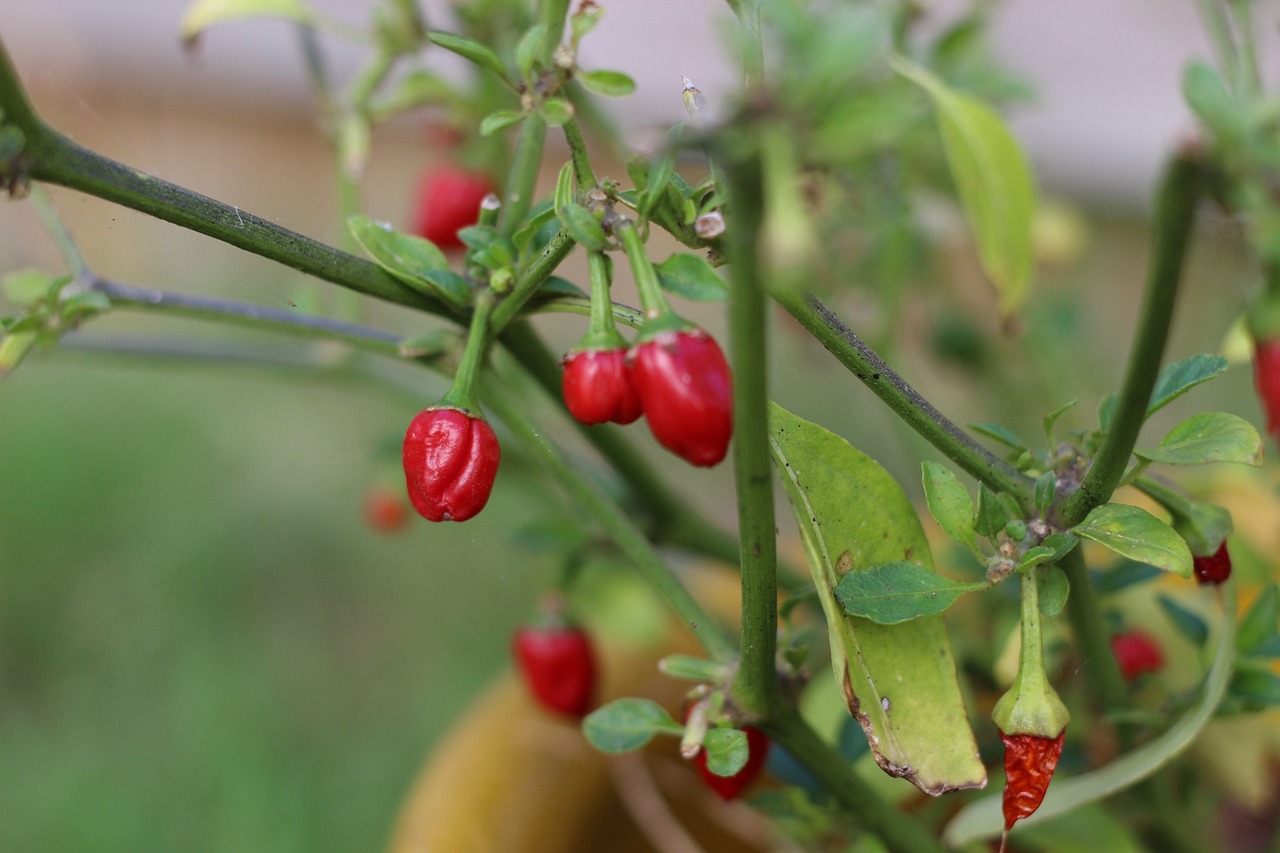
Choosing the Right Chili Pepper Varieties
When it comes to cooking with chili peppers, selecting the right varieties is key to achieving the desired flavor and heat level in your dishes. With a wide range of chili pepper options available, understanding the differences between them can greatly impact the outcome of your culinary creations.
Some popular chili pepper varieties include the fiery Habanero, known for its intense heat and fruity undertones, and the milder Ancho, which offers a deep, earthy flavor. Jalapeños are versatile peppers with a moderate level of heat, making them a popular choice for many dishes.
For those looking to add a smoky flavor to their dishes, Chipotle peppers are an excellent choice, while Serrano peppers provide a bright and spicy kick. Understanding the flavor profiles and heat levels of different chili pepper varieties can help you make informed decisions when choosing the right peppers for your recipes.
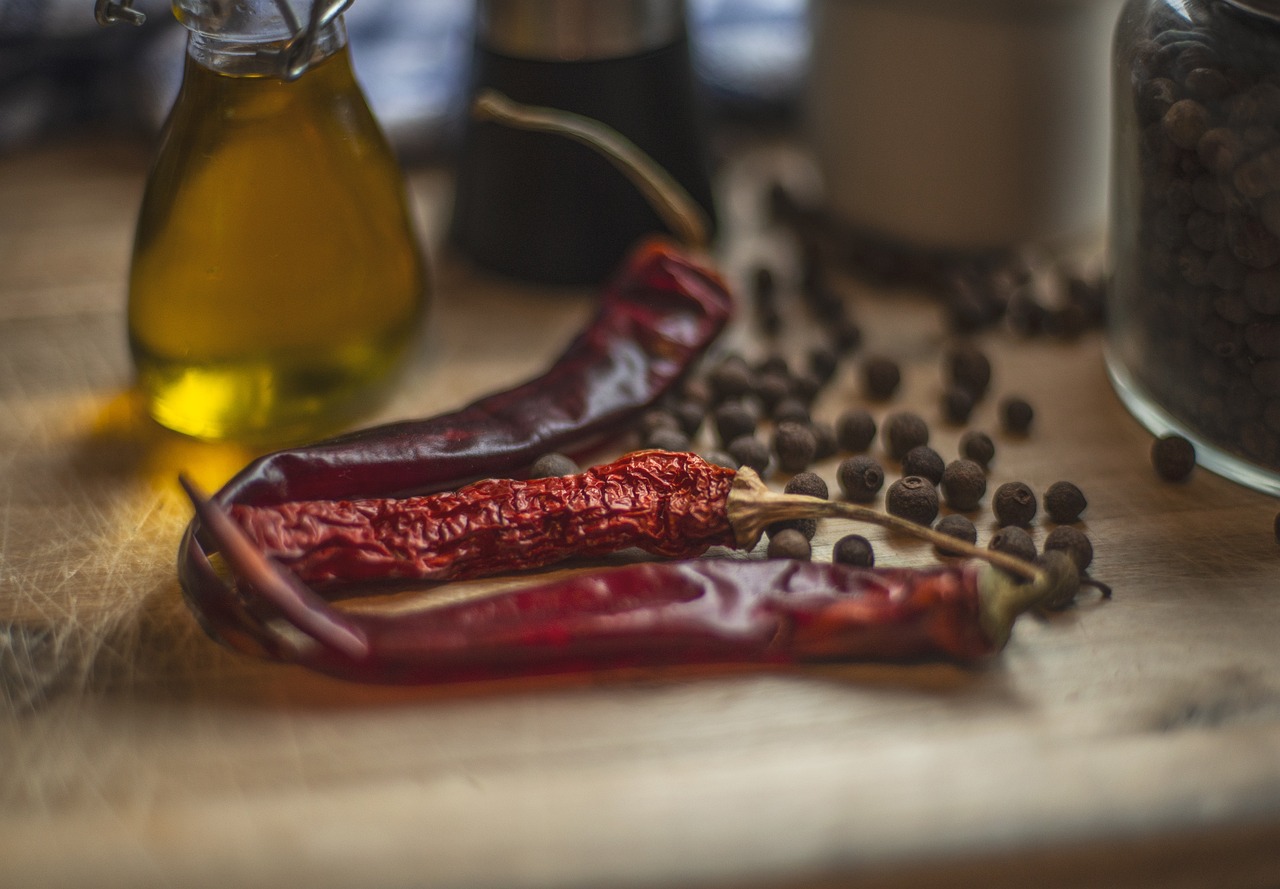
Handling and Preparing Chili Peppers
Chili peppers can add a kick to your dishes, but handling them requires caution. These tips will help you cook with chili peppers safely and effectively, enhancing the flavor of your meals.
When it comes to handling and preparing chili peppers, taking the right precautions is crucial to avoid any unwanted skin irritation. One effective method is to wear gloves while cutting and handling the peppers to protect your skin from the spicy oils. Additionally, removing the seeds and membranes inside the peppers can help reduce the overall heat level, making them more manageable for those with a milder palate.
If you're sensitive to chili peppers, you may want to consider using kitchen tools like a spoon to scoop out the seeds instead of using your hands directly. This simple step can prevent accidental contact with the potent oils that can cause irritation.
Moreover, washing your hands thoroughly with soap and water after handling chili peppers is essential to avoid transferring the spicy residue to sensitive areas like your eyes or mouth. Taking these precautions will ensure a safe and enjoyable cooking experience with chili peppers.
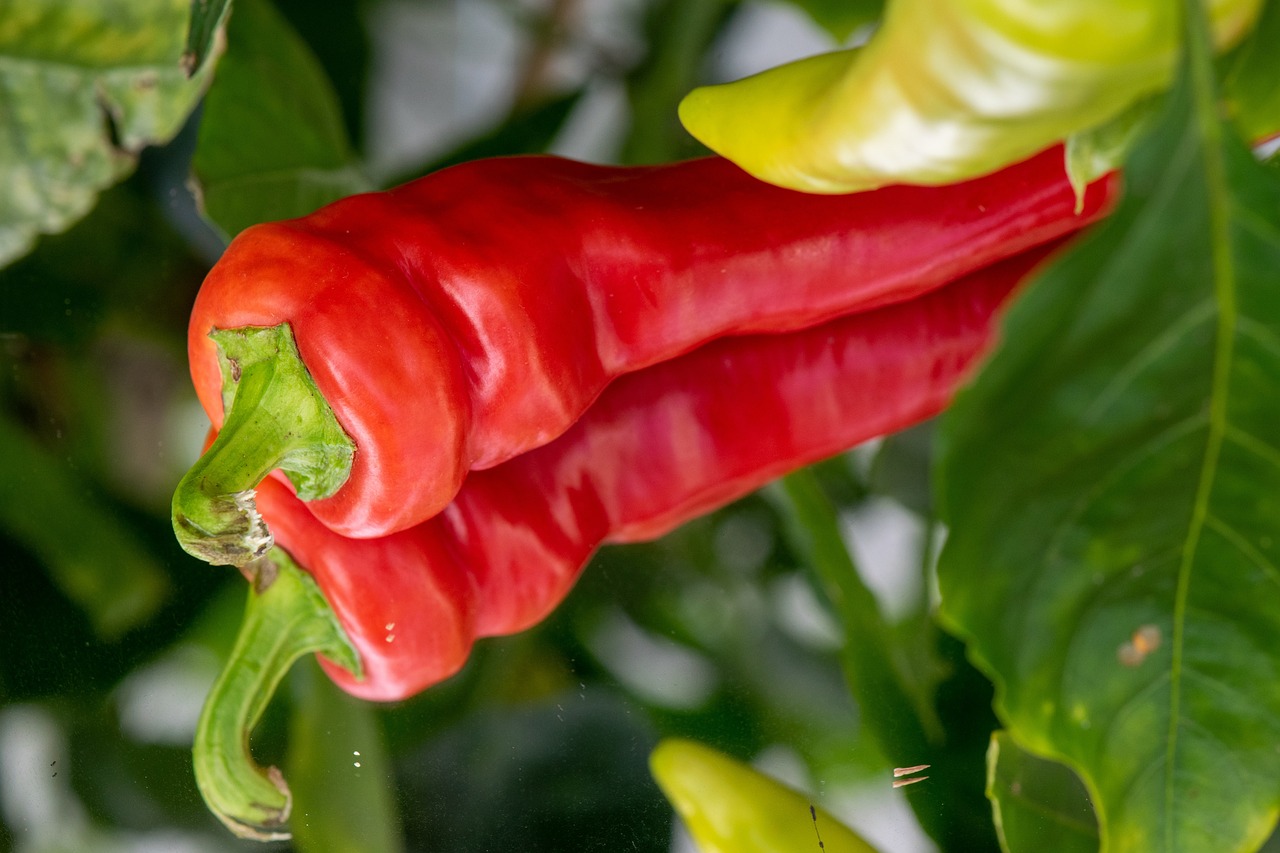
Adjusting Heat Levels
When it comes to cooking with chili peppers, adjusting the heat levels is a crucial skill that can make or break your dish. Whether you prefer a mild kick or a fiery explosion of flavor, understanding how to control the spiciness of your food is essential.
One effective way to adjust the heat levels is by varying the type of chili pepper you use. Different varieties, such as jalapeños, habaneros, or ghost peppers, offer varying levels of heat. By experimenting with these options, you can find the perfect balance that suits your taste preferences.
Additionally, the way you handle the chili peppers can also impact their spiciness. Removing the seeds and membranes from the peppers can reduce the heat significantly, making them milder. On the other hand, keeping the seeds intact will intensify the spiciness, creating a more explosive flavor profile.
Furthermore, the amount of chili peppers you incorporate into your recipe plays a significant role in determining the heat levels. Start with a small quantity if you are unsure about the spiciness, and gradually increase the amount until you reach the desired level of heat.
Moreover, combining chili peppers with other ingredients can help balance out the heat. Ingredients like dairy products, citrus fruits, and sweeteners can help counteract the spiciness of the peppers, creating a harmonious blend of flavors in your dish.
Lastly, don't be afraid to get creative with your cooking techniques. Grilling, roasting, or even pickling chili peppers can alter their heat intensity and flavor profile, offering a variety of ways to adjust the spiciness of your dishes.
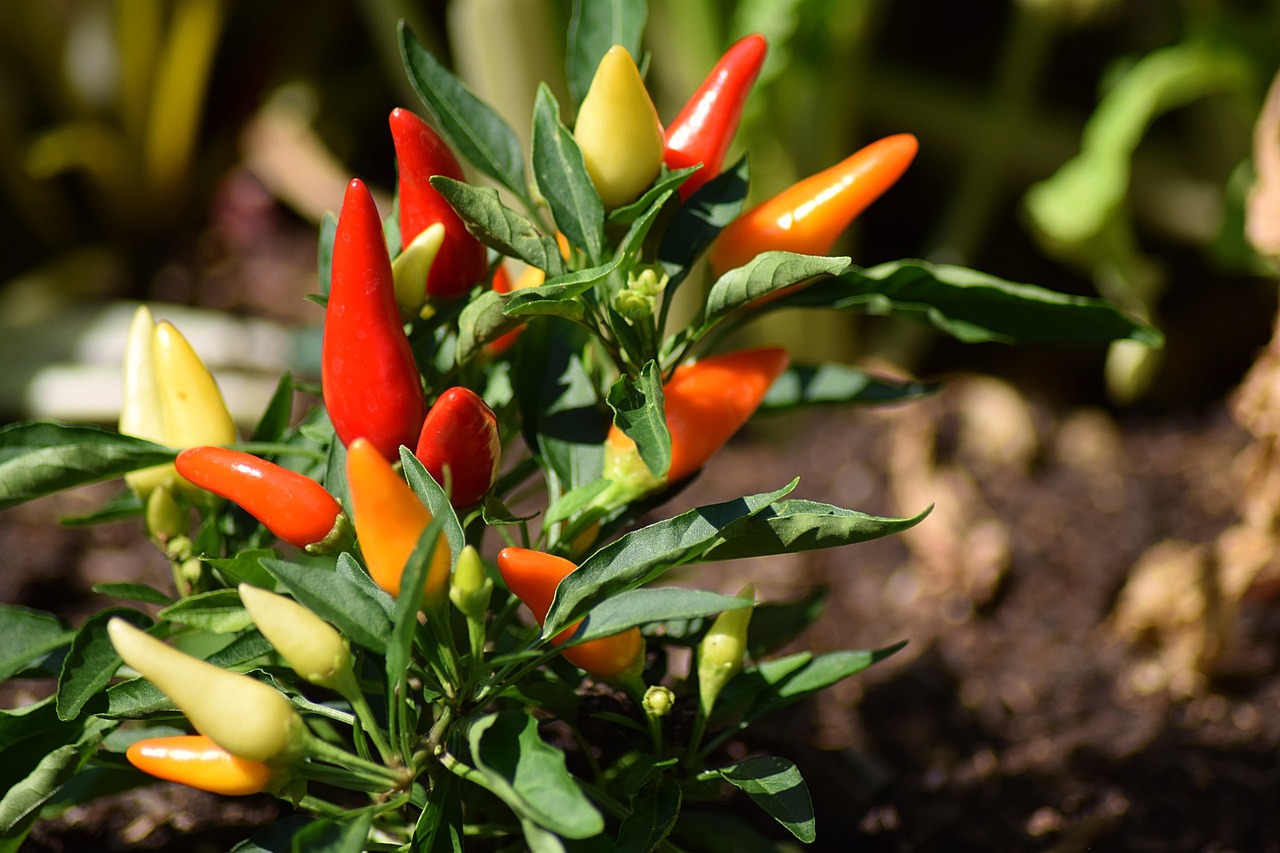
Pairing Chili Peppers with Ingredients
When it comes to cooking with chili peppers, choosing the right ingredients to pair them with can make all the difference in the flavor of your dish. The heat and intensity of chili peppers can be balanced and enhanced by combining them with complementary ingredients. Think of it as a culinary dance where each component plays a crucial role in creating a harmonious taste experience.
One classic pairing is chili peppers with citrus fruits like lime or lemon. The zesty acidity of citrus can help cut through the heat of the peppers, creating a vibrant and refreshing flavor profile. This combination works particularly well in dishes like salsas, marinades, and dressings.
For a more indulgent pairing, consider combining chili peppers with creamy ingredients like avocados or dairy products. The richness of these ingredients can help mellow out the spiciness of the peppers while adding a luxurious texture to your dish. Try incorporating chili peppers into guacamole, creamy pasta sauces, or cheesy dips for a decadent treat.
When looking to add depth and complexity to your dishes, pairing chili peppers with umami-rich ingredients like soy sauce, mushrooms, or aged cheeses can elevate the flavor profile to new heights. The savory notes of umami ingredients can enhance the earthy and smoky undertones of chili peppers, creating a well-rounded and satisfying taste experience.
Don't be afraid to experiment with contrasting flavors as well. Pairing chili peppers with sweet ingredients like honey, fruits, or caramelized onions can create a delightful balance of spicy and sweet flavors in your dishes. This contrast can tantalize your taste buds and add a unique twist to traditional recipes.
Remember, the key to successful pairing is to balance the heat of the chili peppers with the flavors of the other ingredients. By understanding how different components interact with each other, you can create dishes that are not only spicy but also well-rounded and delicious.
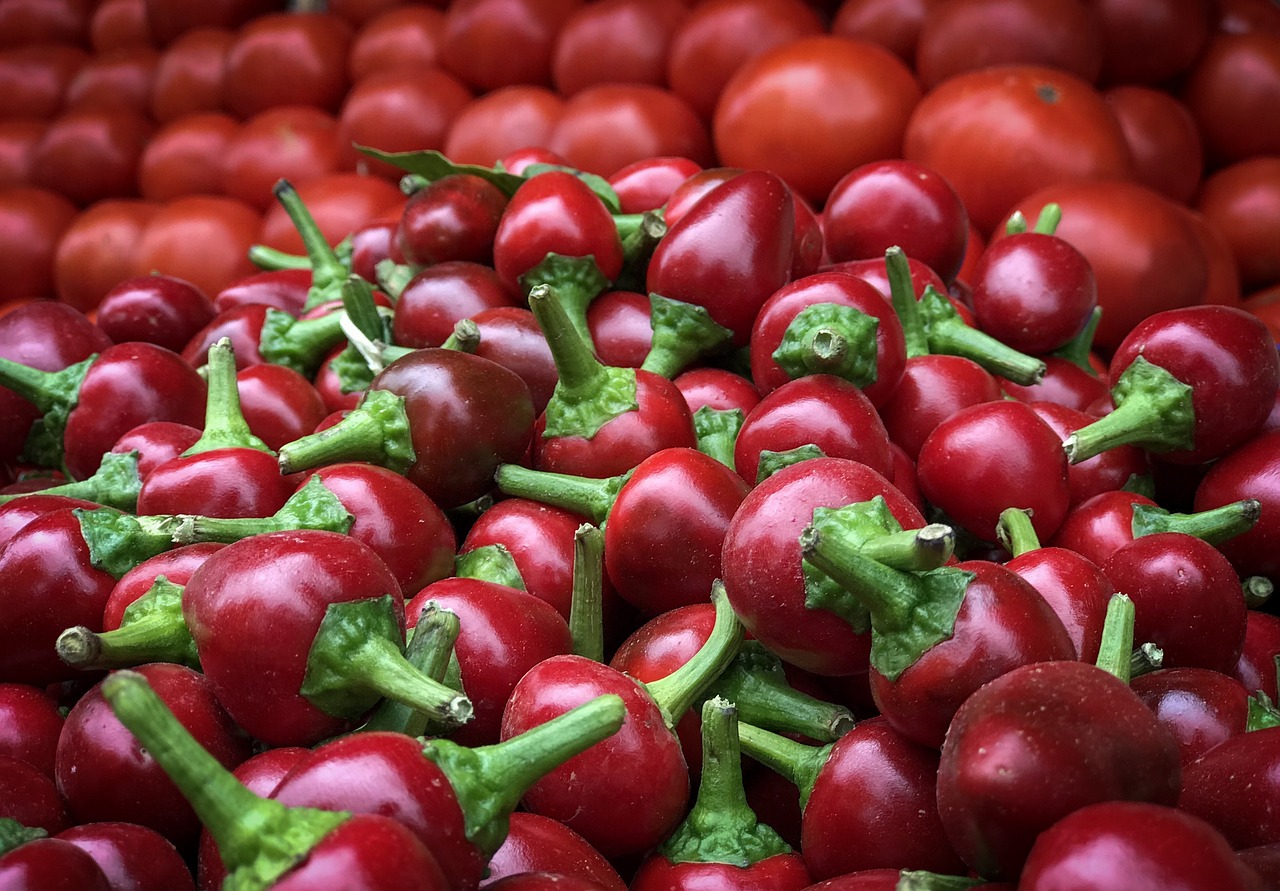
Cooking Techniques for Chili Peppers
When it comes to cooking with chili peppers, mastering various cooking techniques is essential for creating dishes that pack a flavorful punch. The way you cook your chili peppers can significantly impact the overall taste and spiciness of your meals. Whether you prefer a mild hint of heat or a fiery explosion of flavor, understanding different cooking methods will help you achieve the desired results.
One popular technique for cooking with chili peppers is roasting. Roasting chili peppers can enhance their natural sweetness and smokiness while reducing their heat level. Whether you char them over an open flame or bake them in the oven, roasting can add depth and complexity to your dishes. Additionally, roasted chili peppers are perfect for making salsas, sauces, and marinades.
Sautéing is another common method used to cook with chili peppers. By quickly cooking sliced or diced peppers in a hot pan with oil, you can develop their flavors and soften their texture. Sautéed chili peppers are versatile and can be added to stir-fries, pasta dishes, or even scrambled eggs for a spicy kick.
For those looking to intensify the heat of their dishes, infusing chili peppers in oil or vinegar is a popular technique. Infusing allows the spicy flavor of the peppers to permeate the liquid, creating a potent base for dressings, marinades, or dipping sauces. This method is ideal for those who enjoy a robust chili pepper flavor in their recipes.
If you prefer a milder heat level but still want to incorporate the flavor of chili peppers, pickling is a great option. Pickling chili peppers in a brine solution can preserve their freshness while adding a tangy and slightly spicy element to your dishes. Pickled chili peppers are perfect for topping tacos, sandwiches, or burgers for an extra kick.
Lastly, grilling chili peppers can impart a smoky charred flavor that enhances their natural heat. Whether you grill them whole, sliced, or stuffed, this method adds a delicious smokiness to your dishes. Grilled chili peppers are excellent for creating appetizers, side dishes, or even main courses that showcase the bold flavors of the peppers.
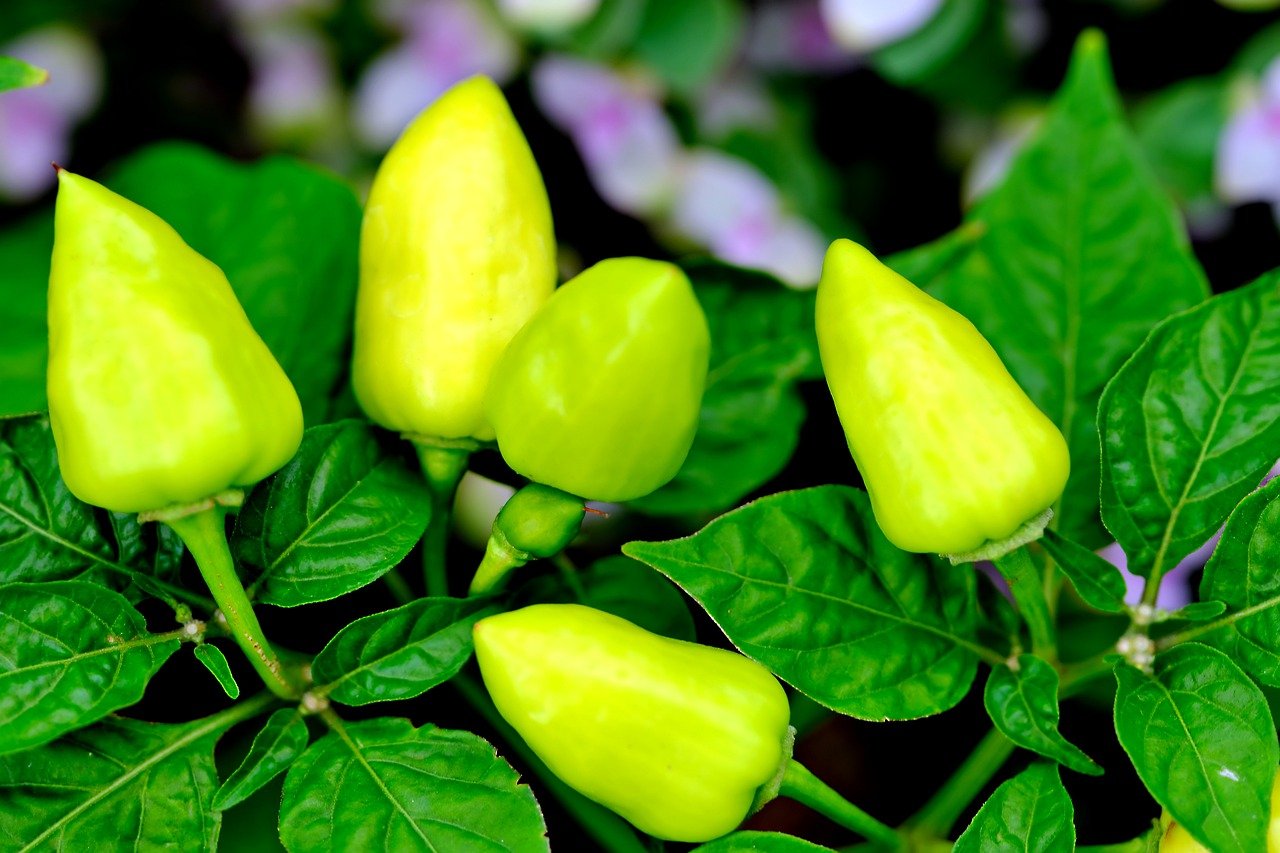
Storing Chili Peppers
Chili peppers can add a kick to your dishes, but handling them requires caution. These tips will help you cook with chili peppers safely and effectively, enhancing the flavor of your meals.
When it comes to storing chili peppers, proper techniques are essential to maintain their freshness and flavor for a longer period. Whether you have fresh, dried, or processed chili peppers, following the right storage practices is crucial.
For fresh chili peppers, it is best to store them in the refrigerator. Place them in a perforated plastic bag to allow for some airflow and prevent moisture buildup, which can lead to spoilage. Alternatively, you can store them in the vegetable crisper drawer to keep them fresh for a few weeks.
If you have dried chili peppers, store them in an airtight container in a cool, dark place. Avoid exposing them to direct sunlight or heat, as this can degrade their flavor and potency over time. Properly stored dried chili peppers can maintain their quality for several months.
When it comes to processed chili peppers, such as chili paste or chili powder, always seal them tightly after each use to prevent moisture from affecting their texture and flavor. Store them in a cool, dry pantry away from heat sources to prolong their shelf life.
By following these storage tips, you can ensure that your chili peppers retain their vibrant color, intense flavor, and fiery heat, allowing you to enjoy their culinary benefits in various dishes.
Q: Can I freeze fresh chili peppers for long-term storage?
A: Yes, you can freeze fresh chili peppers to extend their shelf life. Simply wash and dry the peppers, remove the stems and seeds, then place them in a freezer-safe bag or container. Frozen chili peppers can be used in cooking directly from the freezer.
Q: How can I tell if my chili peppers have gone bad?
A: Signs of spoiled chili peppers include mold growth, soft spots, or a foul odor. If you notice any of these indicators, it is best to discard the peppers to avoid any adverse effects on your dishes.
Q: Are there any alternative methods for storing chili peppers?
A: In addition to refrigeration and drying, you can also pickle chili peppers in vinegar or oil to preserve them. Pickled chili peppers can add a tangy kick to your meals and have a longer shelf life when stored properly in the refrigerator.
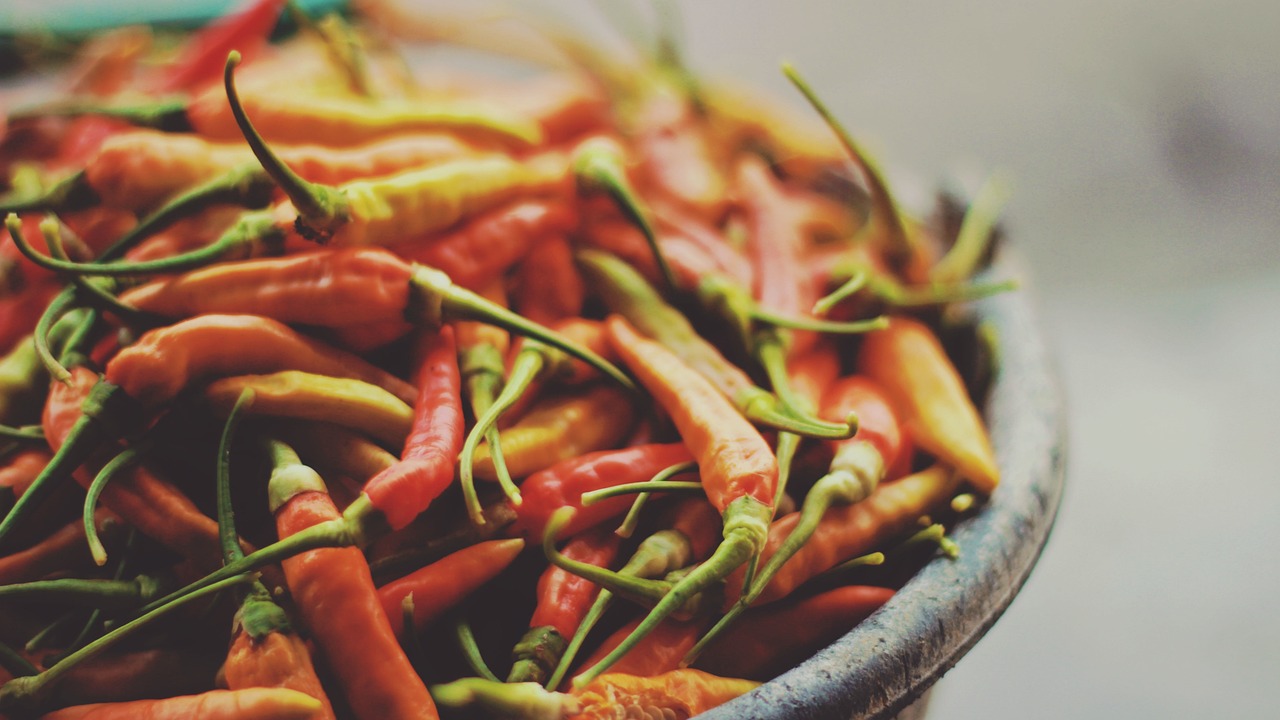
Using Chili Peppers in Different Cuisines
Chili peppers are a versatile ingredient that transcends cultural boundaries, finding their way into a myriad of cuisines worldwide. In Mexican cuisine, chili peppers are a cornerstone, with varieties like jalapeños and poblanos adding depth and heat to dishes like salsa, tacos, and enchiladas. These peppers are often roasted or charred to enhance their smoky flavor profile.
Thai cuisine also embraces the fiery kick of chili peppers, using bird's eye chilies in dishes such as Pad Thai and green curry. The vibrant red and green chilies not only provide heat but also contribute to the vibrant colors and complex flavors characteristic of Thai food.
Indian cuisine showcases a diverse range of chili peppers, from the mild Kashmiri chili to the scorching Bhut Jolokia. These peppers are incorporated into curries, chutneys, and marinades, infusing dishes with layers of spice that tantalize the taste buds.
In Caribbean cuisine, Scotch bonnet peppers reign supreme, bringing intense heat and fruity undertones to dishes like jerk chicken and pepper pot soup. The unique flavor profile of these peppers adds a distinctive Caribbean flair to traditional recipes.
Across the globe, chili peppers have become a symbol of culinary creativity, inspiring chefs to experiment with different varieties and flavor combinations. Whether used in Asian stir-fries, Mexican salsas, or Indian curries, chili peppers continue to spice up dishes and delight adventurous palates.
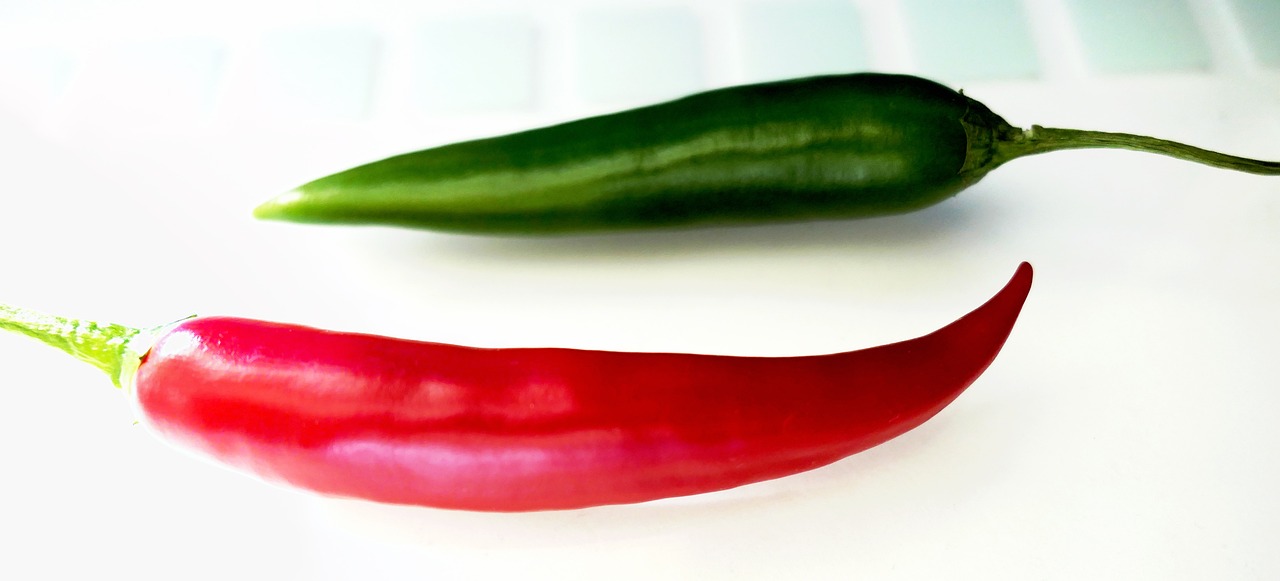
Health Benefits and Risks of Chili Peppers
Chili peppers offer a range of health benefits due to their active component, capsaicin. This compound has been linked to improved metabolism, pain relief, and even potential cancer-fighting properties. Additionally, chili peppers are rich in vitamins A and C, essential for a healthy immune system and skin.
However, it's crucial to be mindful of the risks associated with consuming chili peppers. Eating them in excess can lead to digestive issues, such as stomach pain and irritation. Some individuals may also experience allergic reactions to chili peppers, resulting in skin rashes or respiratory problems.
When consumed in moderation, chili peppers can be a flavorful and beneficial addition to your diet. Understanding the balance between enjoying their health benefits and avoiding potential risks is key to incorporating them into your meals wisely.
Frequently Asked Questions
- Can chili peppers be stored in the refrigerator?
Yes, fresh chili peppers can be stored in the refrigerator to prolong their freshness. Place them in a perforated plastic bag in the vegetable drawer to maintain their flavor and texture.
- How can I reduce the spiciness of a dish if I added too many chili peppers?
To reduce the spiciness of a dish, you can try adding ingredients like dairy (such as yogurt or cream), citrus juice, sugar, or starchy components like rice or potatoes to balance out the heat.
- Are there any health benefits to consuming chili peppers?
Yes, chili peppers contain capsaicin, which has been linked to various health benefits, including pain relief, improved metabolism, and potential anti-inflammatory properties. However, moderation is key due to the potential for digestive irritation in some individuals.
- What is the best way to handle chili peppers to avoid skin irritation?
Wearing gloves while handling chili peppers is highly recommended to prevent skin irritation. Avoid touching your face or eyes after handling peppers and wash your hands thoroughly with soap and water after working with them.
- Can different types of chili peppers be used interchangeably in recipes?
While different types of chili peppers vary in heat levels and flavors, they can generally be substituted for one another in recipes. However, be mindful of the heat intensity of the peppers you are using to avoid overpowering the dish.


